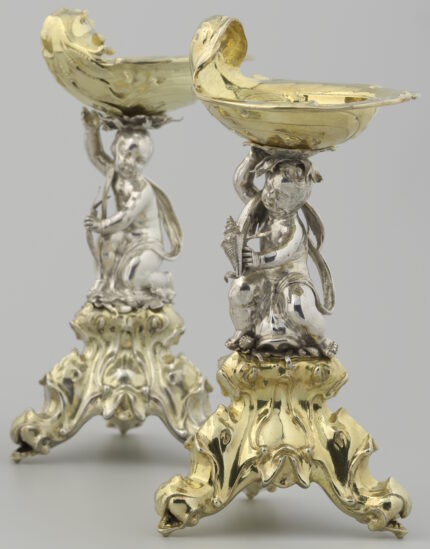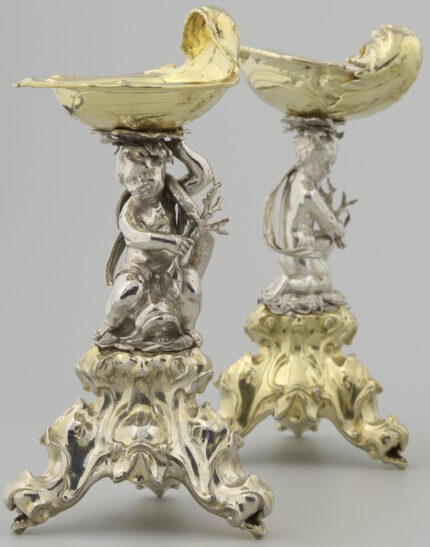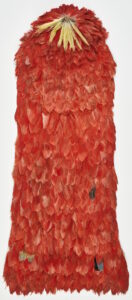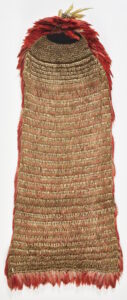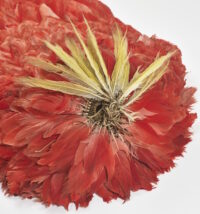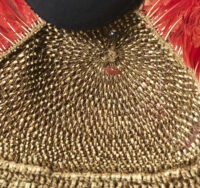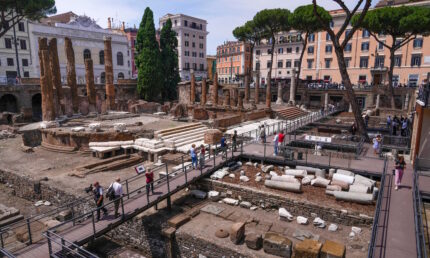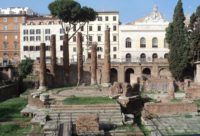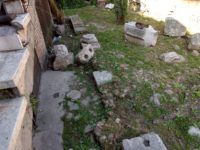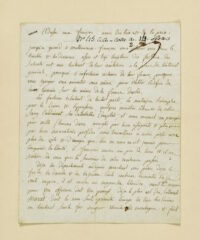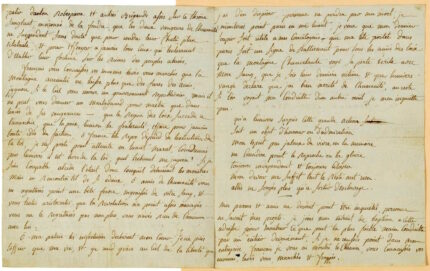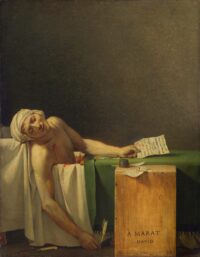The Rijksmuseum has acquired four silver and gilded salt cellars by 17th century Amsterdam silversmith Johannes Lutma after they were returned to the heirs of German Jewish collector Emma Budge.
They are two matched pairs, one pair made in 1639, the other in 1643. The design features a cupid sitting on a dolphin with the marine mammal’s tail draped over his shoulders. The cupid supports a shell-like bowl in his hand. Very few examples of Lutma’s oeuvre have survived, and these salt cellars are masterpieces showcasing his command of classical sculptural form and the auricular or lobate style that dominated the ornamental arts of Northern Europe in the first half of the 17th century. The other Lutma pieces in the Rijksmuseum collection are medallions and reliefs.
Johannes Lutma was born in 1587 and as a teenager was apprenticed under Baroque silversmith Paul van Vianen before opening his own shop in Amsterdam in 1621. He became the city’s premier silversmith, a significant rating seeing as 17th century Amsterdam had more than 300 silver and gold workshops. It was second only to Paris in the size of its silver and goldsmith community. London had fewer than half that number. Poets and writers sang his praises as an artist and craftsman. Rembrandt etched a portrait of him in 1656.
Despite his fame during his lifetime, few of Lutma’s silver pieces have survived the centuries. Before World War II, the salt cellars belonged to Emma and Henry Budge, a wealthy couple from Hamburg who built a large, fine art collection. Emma outlived Henry by almost a decade, and by the time of her death in 1937, Nazis were forcing Jews to sell their belongings with all profits going to the party rather than the heirs. The four salt cellars were bought in the forced sale by a German dealer. They re-emerged at auction in 1960 where they were bought by the City of Amsterdam and the Netherlands. Two went on display at the Rijksmuseum, the other two at the Amsterdam Museum.
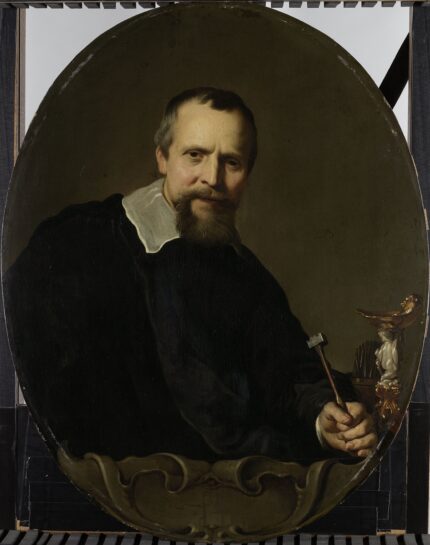 In 2013, Amsterdam Museum researchers discovered their salt cellars had a very dubious ownership history. That triggered an investigation by the Rijksmuseum as well, and its researchers also flagged the provenance as suspicious. In 2014, restitution committees from several countries found the Emma Budge estate auction to have been a forced sale and a wide variety of works of art were returned to the Budge heirs by some of the world’s biggest museums. The Netherlands’ Restitution Committee determined the salt cellars were subject to claim in 2018, and in 2022, the committee advised that they should be returned. On May 12, 2023, the salt cellars were restituted to the heirs of Emma Budge. Also on May 12, 2023, the heirs sold all four salt cellars to the Rijksmuseum.
In 2013, Amsterdam Museum researchers discovered their salt cellars had a very dubious ownership history. That triggered an investigation by the Rijksmuseum as well, and its researchers also flagged the provenance as suspicious. In 2014, restitution committees from several countries found the Emma Budge estate auction to have been a forced sale and a wide variety of works of art were returned to the Budge heirs by some of the world’s biggest museums. The Netherlands’ Restitution Committee determined the salt cellars were subject to claim in 2018, and in 2022, the committee advised that they should be returned. On May 12, 2023, the salt cellars were restituted to the heirs of Emma Budge. Also on May 12, 2023, the heirs sold all four salt cellars to the Rijksmuseum.
Starting September 6th, the salt cellars will go on display at the Rijksmuseum in a dedicated exhibition that contextualizes the history of the objects as well as the history of Emma Budge as a philanthropist and art collector. Also part of the exhibition will be a pair of portraits of Lutma and his second wife Sara de Bie painted by Jacob Adriaensz.
